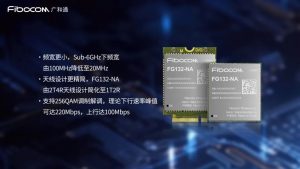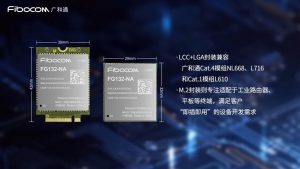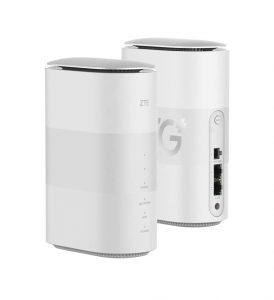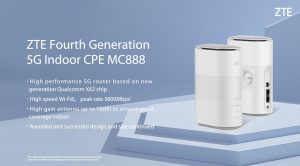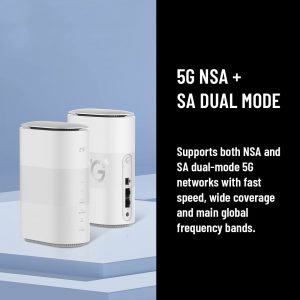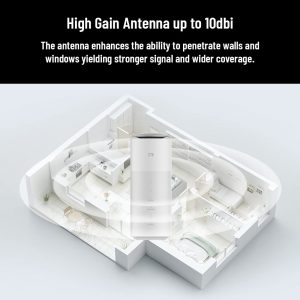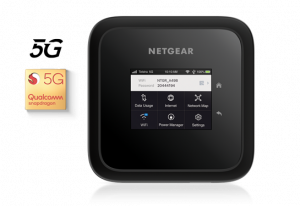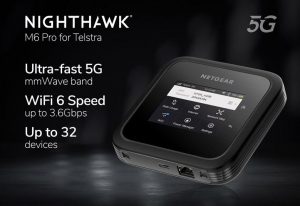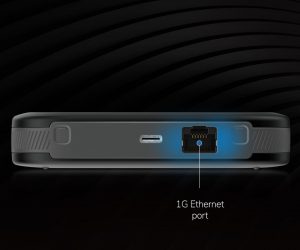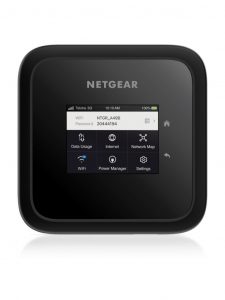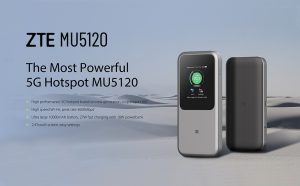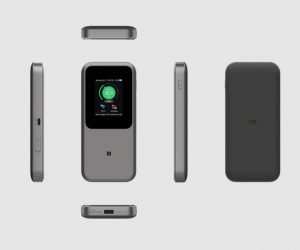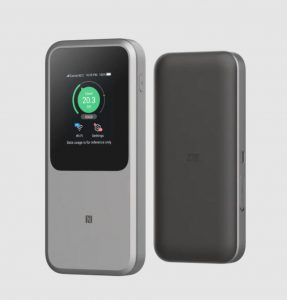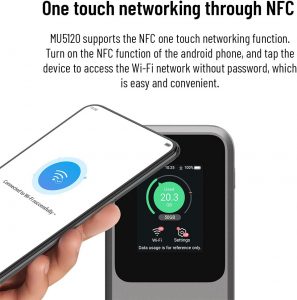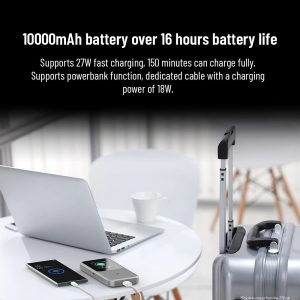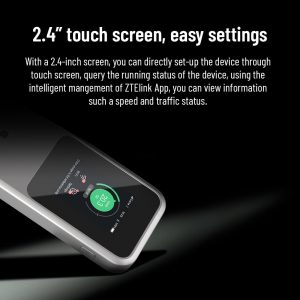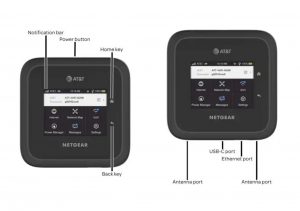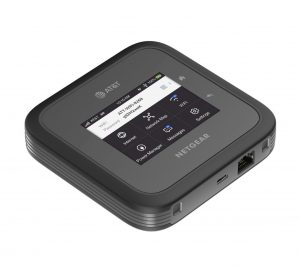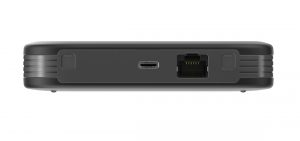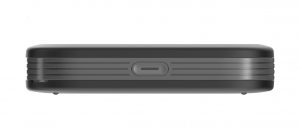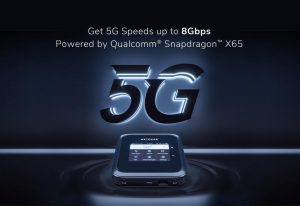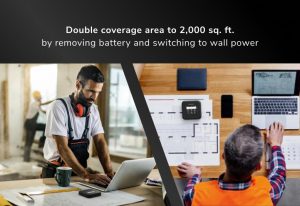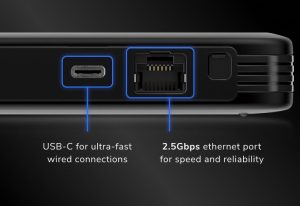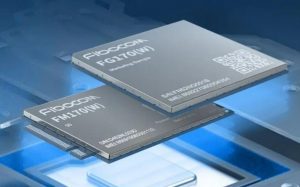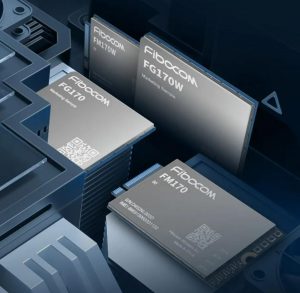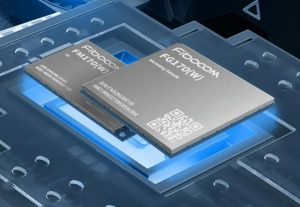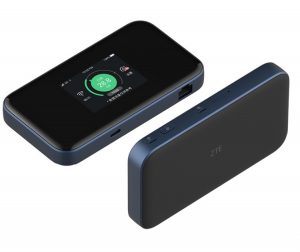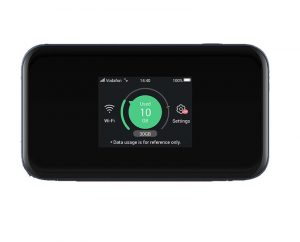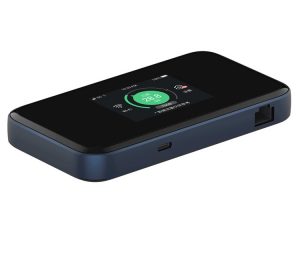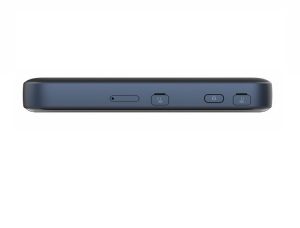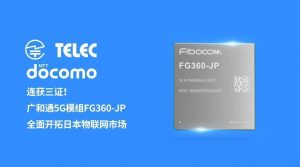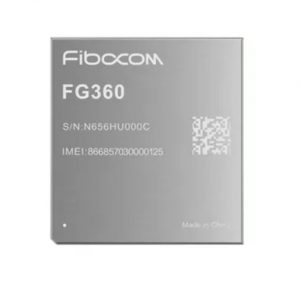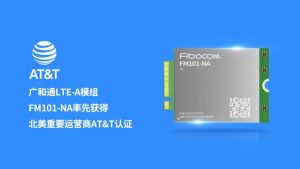In May 30, Fibocom released a new 5G RedCap module FG132-NA to speedup the 5G applications for IoT(Internet of things).
Fibocom FG132-NA complies with the 3GPP Release 17 evolution standard, providing excellent 5G experience for IoT terminals, while fully optimizing product size, power consumption, and cost, promoting the large-scale commercial use of 5G in industrial gateways, IPC cameras, power equipment, wearable XR, and other terminals.
Compared to previous Fibocom 5G modules, Fibocom FG132-NA has a smaller bandwidth, with the Sub-6GHz bandwidth reduced from 100MHz to 20MHz. The antenna design is more streamlined; FG132-NA simplifies the 2T4R antenna design to 1T2R. On the premise of balancing cost and speed, FG132-NA still supports 256QAM modulation and demodulation, with a theoretical peak downlink rate of 220Mbps and uplink rate of 100Mbps. By reducing bandwidth, streamlining antennas, and supporting only 5G standalone networking (SA), FG132-NA simplifies the RF structure design and assists terminal customers in quickly switching to 5G at a lower cost. In the future, FG132-NA will develop towards half-duplex FDD (HD-FDD) to further pursue the balanced development of cost and performance.
Fibocom FG132-NA adopts the LCC+LGA and M.2 packaging methods of 29mm32mm and 30mm42mm, respectively, to meet the design requirements of different industry terminals. The LCC+LGA packaging is compatible with Fibocom Cat.4 modules NL668, L716, and Cat.1 module L610, which helps customers transition smoothly from 4G to 5G RedCap and enjoy the lightweight 5G features.
In terms of software, FG132-NA supports OpenWRT operating system, and in terms of hardware, it comes with an SGMII interface that can meet the data transmission requirements of gateway products (CPE, Mi-Fi, DTU, etc.) through the Open CPU method. The M.2 package is dedicated to adapt to industrial routers, tablets, and other terminals, meeting the customers’ “plug-and-play” device development needs.
In terms of power consumption, Fibocom FG132-NA is developed based on the 4nm process technology platform, which makes it more energy-efficient. For some types of terminals that are sensitive to power consumption, manufacturers can use FG132-NA to create next-generation 5G products.
As a lightweight 5G module, Fibocom FG132-NA supports typical 5G features such as 5G LAN and has a wealth of interface resources to meet various application needs in industries such as private 5G networks, mobile broadband, industrial interconnection, smart grids, high-definition video uploading, and connected cars, promoting the large-scale commercial use of 5G. In addition, FG132-NA supports only 5G standalone networking (SA) to ensure the continuation of 5G’s high reliability and low latency characteristics.
As a key technology driving the large-scale application of 5G IoT, RedCap will support more 5G industry development in the future, installing a “digital engine” for the upgrading of traditional industries. Fibocom will explore RedCap’s potential through module products, eco-cooperation, and technical development to provide digital upgrade services for more IoT industries.
